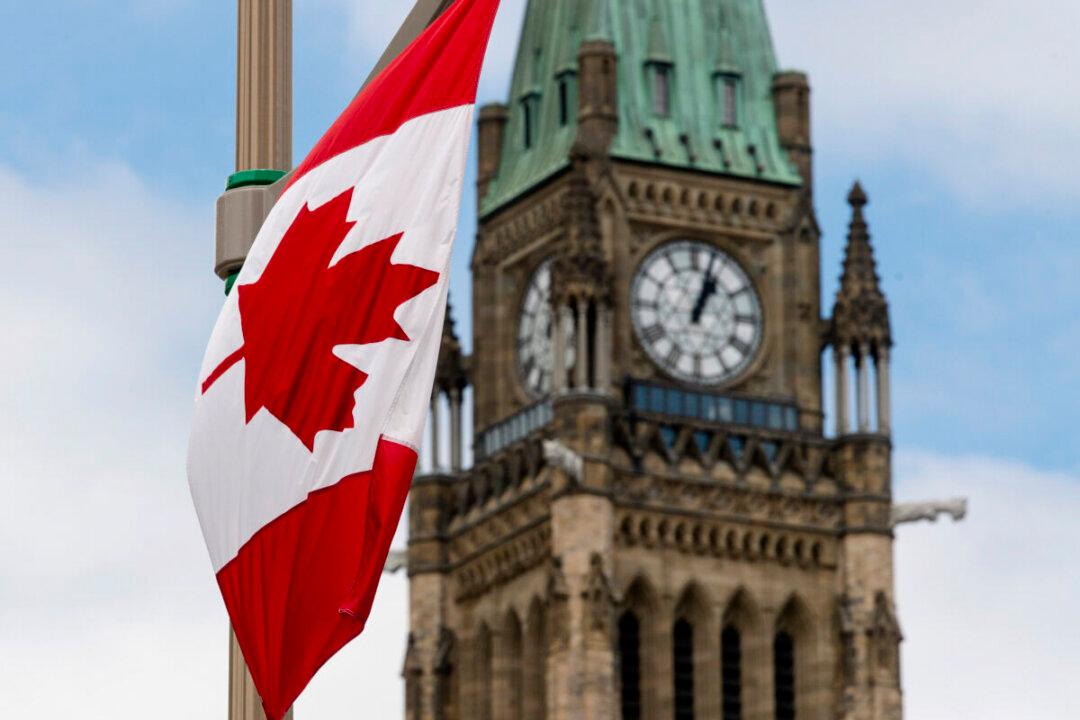Canada’s top appeals court has dismissed a challenge against a federal ban on firearms that Ottawa deems suitable solely for military use, not for hunting or recreational shooting.
The Liberal government implemented a ban on roughly 1,500 firearm models and variants in May 2020, rendering them illegal for use, sale, or importation.
A request made by opponents of the ban to declare it unlawful and outside the government’s delegated powers was dismissed in October of 2023 by Federal Court Justice Catherine Kane. An appeal was filed the following month by the Canadian Coalition for Firearms Rights (CCFR) along with several firearms dealers and gun owners. The Federal Court of Appeal dismissed the most recent challenge in its April 15 ruling, stating that the Federal Court provided “thorough and persuasive” justifications in its decision. The number of firearms classified and banned as so-called “assault-style” weapons by the Liberal government has increased to more than 2,500 models, and includes semi-automatics that can maintain rapid-fire capabilities.
Ottawa in March added 179 firearms to the prohibited list, continuing a process that began after the mass shooting in Nova Scotia during the spring of 2020. As a result, thousands of rifles that were once classified as “unrestricted” and “restricted” are now deemed “prohibited,” rendering their possession illegal.
A key component of the appeal focused on determining if the government followed a legal requirement that forbids it from using regulations to restrict a firearm that it regards as “reasonable for use in Canada for hunting or sporting purposes.”
Chief Justice Yves de Montigny, writing on behalf of a unanimous three-judge panel, said he was not convinced the government erred when evaluating the suitability of the banned firearms for use in Canada for those specific purposes.
“Surely, the inherent danger that some firearms pose to public safety because of their lethality and their ability to injure or kill a large number of people in a short period of time, the fact that they have been used in mass shootings in Canada and abroad, the fact that they are disproportionate for civilian use, and the increasing demand for measures to address gun violence are all valid considerations in determining whether their use is reasonable for hunting and sporting purposes,” de Montigny wrote.
He went on to say that the Federal Court “correctly found that the Regulations do not breach the principles of fundamental justice.”
Canadian gun-control advocacy organization PolyRemembers applauded the court’s ruling.
“The court made it clear that the government has the right to ban weapons it deems unsuitable for civilian use and a serious threat to public safety, irrespective of whether or not some gun owners choose to use them for hunting,” the organization said in an emailed statement.
“This is a major argument of the gun lobby against the prohibition of certain models. However, it’s now clearer than ever that just because a gun is used for hunting does not necessarily make it a hunting gun.”
The Canadian Coalition for Firearm Rights disagreed, saying the court ruling was “bad news for Canadians for multiple reasons.”
“The decision is clear, the courts will not constrain the government’s overreach on this issue,” the organization wrote in an April 15 post. “This has negative implications on many aspects of the legal and legislative system in Canada.” The gun group said its legal team would review the decision in depth in the coming days to determine its next steps.
The designation of certain banned firearms as appropriate only for military use has been a contentious issue in Canada. Recently banned firearms include models that do not resemble traditional assault rifles but instead are styled like ordinary hunting rifles, such as the Chiappa M1-9 Carbine. Other semi-automatic rifles within the SKS family have been exempted from the ban because they are commonly used by indigenous groups for hunting. The Opposition Conservatives have criticized the gun ban, saying it targets legal gun owners and doesn’t address illegal gun crime responsible for the majority of gun violence in Canada.
The Canadian Press contributed to this report.







